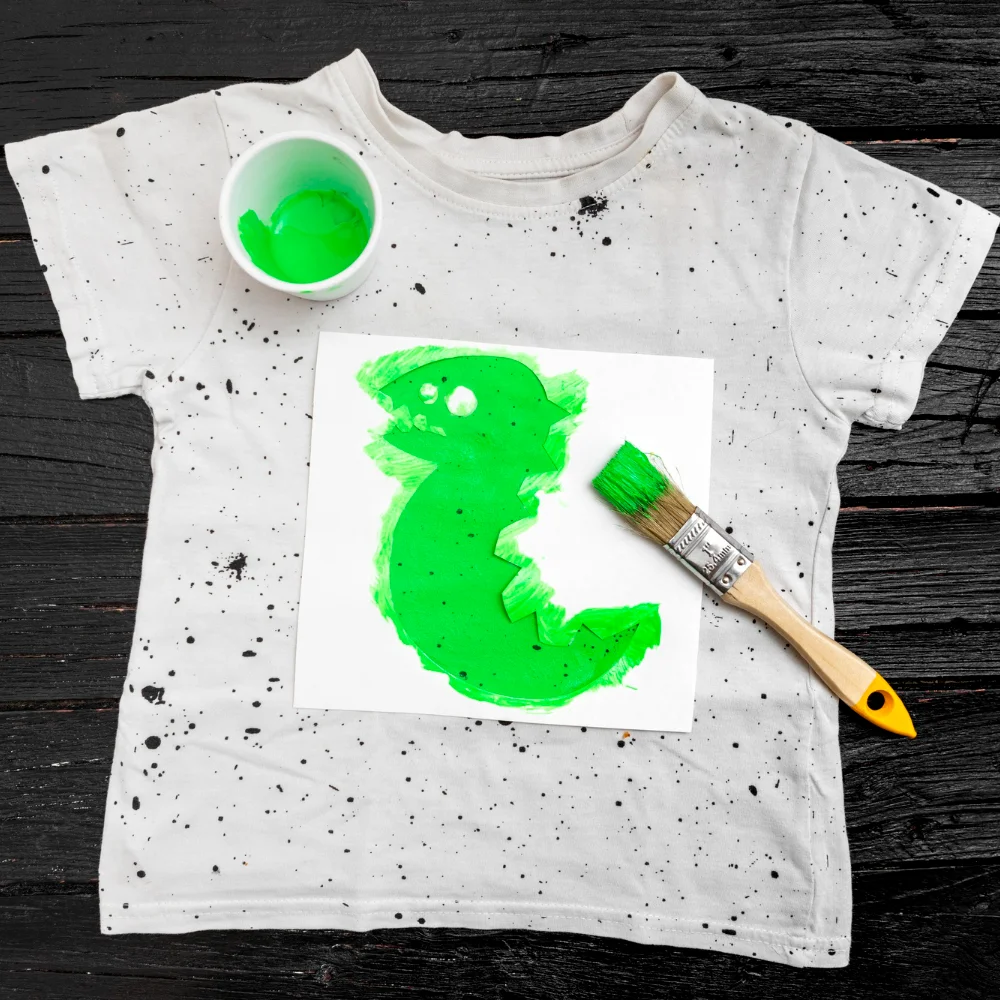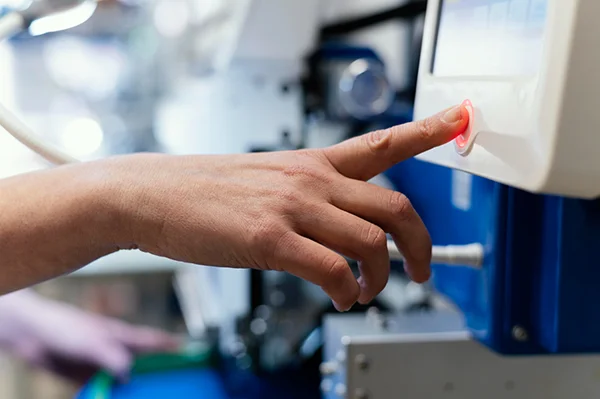
The world of t-shirt printing is an art form that continues to evolve, offering a plethora of techniques to bring designs to life on fabric. From classic screen printing to innovative digital methods, each technique has its unique characteristics that contribute to the overall quality of the printed t-shirts. In this blog post, we delve into the various t-shirt printing techniques and their impact on quality, empowering you to make informed decisions when creating your custom apparel.
Screen Printing: The Timeless Classic
Screen printing is a time-honored technique that remains popular for its versatility and durability. In this method, a stencil (or screen) is used to apply ink to the fabric through a mesh. Each color requires a separate screen, allowing for vibrant and detailed designs. Screen printing produces crisp and long-lasting prints, making it an excellent choice for bulk orders and designs with solid colors.

Direct-to-Garment (DTG) Printing: Vibrant and Detailed
DTG printing is a revolutionary digital technique that allows for intricate, high-resolution designs directly on the fabric. This method utilizes specialized inkjet printers that apply ink directly to the t-shirt, resulting in vibrant colors and intricate details. DTG printing is particularly suitable for small-batch orders and designs with multiple colors or gradients. It offers a soft feel on the fabric, making it comfortable to wear.
Heat Transfer Printing: Quick and Versatile
Heat transfer printing involves using heat to transfer pre-printed designs onto the t-shirt. The design is first printed onto transfer paper or vinyl, which is then placed on the fabric and heat-pressed to adhere the design. This technique is ideal for complex and full-color designs, as well as for individual customizations. However, the prints may not be as durable as other methods, and the texture may feel slightly different on the fabric.
T-shirt printing is an art that merges creativity with technique, turning ordinary garments into wearable masterpieces that tell stories and evoke emotions.
Sublimation Printing: Infusing Vibrancy
Sublimation printing is a dye-based technique where the ink is directly infused into the fabric’s fibers. This process results in vibrant and long-lasting prints that won’t crack or fade over time. Sublimation is best suited for polyester fabrics, as the ink bonds exceptionally well with this material. The colors in sublimation prints are vivid and offer a smooth, soft feel on the fabric.
Vinyl Printing: Perfect for Personalization
Vinyl printing involves cutting designs from vinyl sheets and heat-pressing them onto the t-shirt. This technique is excellent for creating personalized designs, such as names or numbers on sports jerseys. While vinyl prints may lack the texture of traditional screen printing, they offer excellent durability and are available in a wide range of colors and finishes.

Embroidery: Adding Texture and Elegance
While not a traditional printing technique, embroidery deserves a mention for its unique ability to add texture and a touch of elegance to t-shirts. Embroidery involves stitching designs onto the fabric, creating a raised and textured effect. This technique is often used for logos and intricate designs, adding a premium and professional touch to the apparel.
The Impact on Quality
The choice of t-shirt printing technique can significantly impact the quality and appeal of your custom apparel. Screen printing offers durability and vibrant colors, making it a favorite for bulk orders and bold designs. DTG printing allows for detailed and complex artwork, perfect for small-batch or one-off designs. Heat transfer printing provides versatility for customization, but durability may vary. Sublimation printing offers unmatched vibrancy on polyester fabrics, while vinyl printing is ideal for personalized touches. Embroidery adds a luxurious texture to t-shirts, making it perfect for corporate branding and high-end merchandise.
Understanding the various t-shirt printing techniques and their impact on quality is vital in creating personalized and appealing custom apparel. Consider the intricacy of your design, the fabric of the t-shirt, and your desired level of durability when choosing the printing method. Each technique has its strengths, and the right choice will depend on your unique design requirements and preferences. By embracing the art of t-shirt printing and selecting the technique that aligns with your vision, you can transform your designs into wearable works of art that leave a lasting impression.
